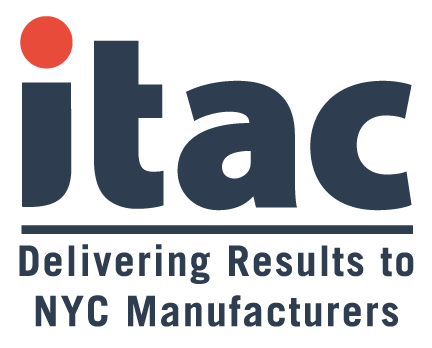The following information is provided by Withum. Visit Withum’s COVID-19 Resource Center for insights to help you and your business during this challenging time.
Further guidance on the threat of “audits” that made yesterday’s headlines – As noted in yesterday’s email, Mnuchin made it clear that all loans over $2M would be “audited”. The new FAQ appears to clarify the current thinking. What remains unclear is how they intend to evaluate a certification that was written so broadly that it allowed almost any company to consider themselves eligible.
Question: Will SBA review individual PPP loan files?
Answer: Yes. In FAQ #31, SBA reminded all borrowers of an important certification required to obtain a PPP loan. To further ensure PPP loans are limited to eligible borrowers in need, the SBA has decided, in consultation with the Department of the Treasury, that it will review all loans in excess of $2 million, in addition to other loans as appropriate, following the lender’s submission of the borrower’s loan forgiveness application. Additional guidance implementing this procedure will be forthcoming.
Four nuggets here:
- In the FAQ they use the word “review” rather than audit, which may signal a less invasive analysis.
- It is clear that this review will occur after the borrower submits an application for forgiveness and before the lender approves the request. It remains unclear “who” will be doing this review (Lender, SBA, or third party).
- The review appears to be focused on the “need” of the borrower at the time of certification.
- There is a promise of additional guidance.
Clarification on maximum loan proceeds (could be a big deal for VC/PE???)– Today the SBA and Treasury released the 6th Interim Final Rule (yes they are up to 6) indicating that there is a maximum loan amount of $20M for any businesses that are part of a “single corporate group,” which it defined to include entities that are “majority owned” by a “common parent”. This is likely in response to the fact that certain companies had each of their subsidiaries apply for loans at the subsidiary level, multiplying the number of loans (for each subsidiary). This clarifies that the applicant needs to inform the SBA of the fact that they received excess proceeds or is required to rescind their application, however it falls short of saying the applicant needs to return the funds. Also this appears to apply only to applicants that have not yet received disbursements as of 4/30/20.
Who should be paying attention to this?? – FAQ uses the term “corporate group” and “common parent”. This begs the question: Do portfolio companies of VCs and PEs fall into this group? There is no clear definition of the terms used. This “feels” like it was meant for subsidiaries that are managed by a corporate parent (i.e., hotel chains, restaurant chains, etc.) but there is no clear definition provided of the terms used. This follows the pattern of ambiguity we have seen over the last few days, attempting to cast doubt amongst the public and force applicants continuously to evaluate eligibility.
Excerpt of the actual guidance:
Question: Can a single corporate group receive unlimited PPP loans?
No. To preserve the limited resources available to the PPP program, and in light of the previous lapse of PPP appropriations and the high demand for PPP loans, businesses that are part of a single corporate group shall in no event receive more than $20,000,000 of PPP loans in the aggregate.
It is the responsibility of an applicant for a PPP loan to notify the lender if the applicant has applied for or received PPP loans in excess of the amount permitted by this interim final rule and withdraw or request cancellation of any pending PPP loan application or approved PPP loan not in compliance with the limitation set forth in this rule. Failure by the applicant to do so will be regarded as a use of PPP funds for unauthorized purposes, and the loan will not be eligible for forgiveness.
For purposes of this limit, businesses are part of a single corporate group if they are majority owned, directly or indirectly, by a common parent. This limitation shall be immediately effective with respect to any loan that has not yet been fully disbursed as of April 30, 2020.
It is the responsibility of an applicant for a PPP loan to notify the lender if the applicant has applied for or received PPP loans in excess of the amount permitted by this interim final rule and withdraw or request cancellation of any pending PPP loan application or approved PPP loan not in compliance with the limitation set forth in this rule.
The AICPA releases their take on how to calculate forgiveness – The AICPA has released its recommendations of how it would like to see the SBA calculate forgiveness and published it yesterday. The AICPAs view is non-authoritative, however they have indicated in the past that they have been in contact and collaborated with the SBA on PPP matters, so it is possible that their views may be a lens into what to expect.
Whatever happened to the Main Street Lending Program? – A few weeks ago the Fed unveiled its “Main Street Lending Program” which was meant to offer sources of low cost debt and liquidity to “larger” companies, especially those who could not qualify for the PPP. It was thought that the program would be available by now, however it turns out that the Fed is continuing to work with banks to solicit feedback on how to craft the program to make it most effective. For now, stay tuned, as there is no clear date that it will be available to the middle market.
“Payments made and costs incurred” during the covered period – We continue to get a lot of questions about what “counts” toward forgiveness during the eight week covered period.
For example: If my covered period starts on 4/28, and I paid payroll which was earned from 4/8 to 4/25 on 4/29, is that includable as payroll in the covered period? Alternatively, if my covered period ends on 6/28 and I incur payroll from 6/12 to 6/27 and pay it on 6/29 is that excluded from the calculation?
Our view: The statute indicates that “payments made and costs incurred” during the covered period are subject to forgiveness. We need to get further clarification from the SBA on what exactly Congress meant by this. Some are interpreting this as an “and” scenario, thus an expense must be incurred AND paid. Some view it as an “or” scenario, thus an expense can be either incurred OR paid to be included. We simply do not yet know for sure what the true intent of this language was.
That said, our current view is that companies should continue to make payments “in the ordinary course”, and not make payments that they would not have ordinarily made during the 8-week period. At the same time, we “think” the intent of the language is to give companies credit for ordinary expenses incurred. Meaning, you will get credit for 8 weeks of payroll paid, you would not however get credit for jamming 10 weeks into the calculation as a result of changing your normal payroll practices. If timing of normal (ordinary course) payments of payroll does not align with your 8-week period, as in the example above, then we expect that the SBA would allow for a calculation resulting in a reasonable outcome. This is nothing more than our expectation at this point, but it seems in line with the spirit of the CARES Act. When we get further guidance we will share it.
New FAQ on eligibility – Yesterday the SBA issued FAQ number 37. The question and answer were both very basic, but likely will show even more confusion among applicants:
Question: Do businesses owned by private companies with adequate sources of liquidity to support the business’s ongoing operations qualify for a PPP loan?
Answer: See response to FAQ #31.14
FAQ 31 was a reference to the recent (and somewhat controversial) FAQ asking if companies owned by “large companies with adequate sources of liquidity to support the business’s ongoing operations qualify for a PPP loan?” This FAQ is interesting, because FAQ 31 didn’t specifically include or exclude private companies from its question, so it is unclear why the SBA decided that it needed to take this step and offer even further clarification. Also this FAQ does not seem to answer its own question, it just refers to another question’s answer…which doesn’t really address the question either….very strange. One could surmise that the SBA may be trying to narrow in on a point of view regarding PE/VC investors, but even that doesn’t make a lot of sense given the fact that in the 3rd Interim Final Ruling (IFR) an FAQ specifically states that portfolio companies of PE funds are in fact eligible as long as they meet the affiliation guidance. Your guess on all of this is as good as ours.
In the end, FAQs like this don’t really do much to create clarity, and certainly raise concerns from the middle market who are seeking to act in good faith. Our recommendation ultimately remains the same – document your position and the circumstances that existed at the time you applied for the loan, if you are unsure, certainly consider consulting counsel. We also recommend documenting the uncertainties that existed within your board minutes (if you keep them) so it is clear as to what the facts were, and what was known or knowable at the time you applied.
Reminder Section (what should I be doing):
- Call your Payroll Company about claiming the payroll tax deferrals and employee retention credits that were made available in the CARES Act – see previous emails.
- Talk to your Payroll Company about the Sick Pay Bill (passed prior to the CARE Bill) – see previous emails.
- Be in constant communication with your Bank (about status of your PPP application).
- Consider speaking with your bank to discuss changes to terms of existing debt facilities. The banking system remains strong.
- If you have already applied for the PPP, start forecasting how you intend to spend the funds and how to qualify for the highest amount of forgiveness possible.






